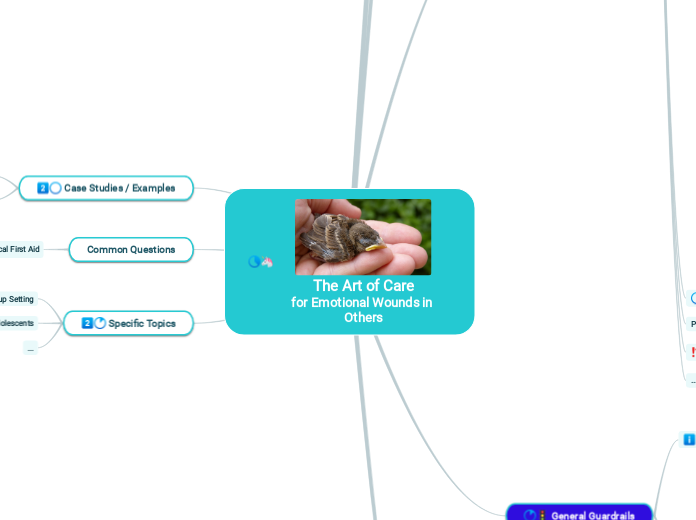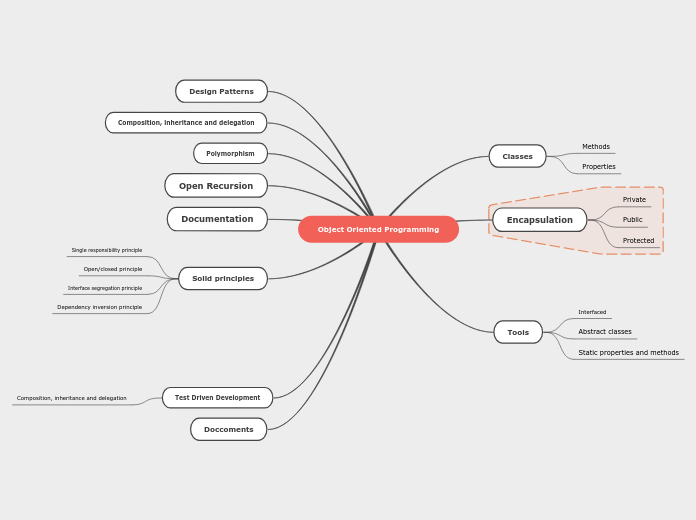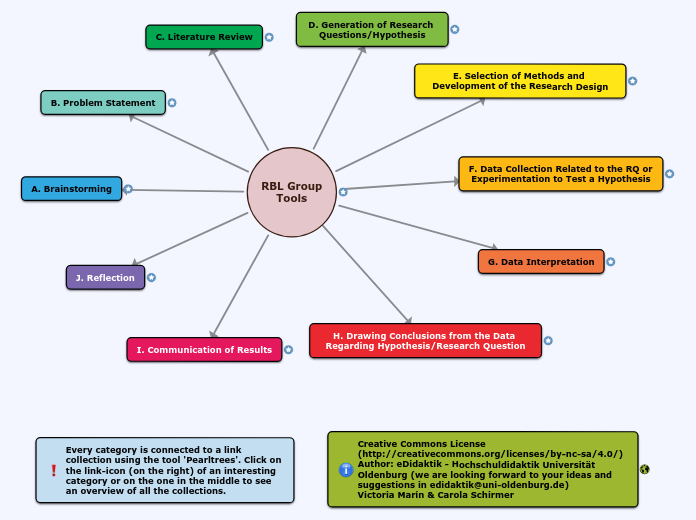The Art of Care
for Emotional Wounds in Others
Specific Topics
Children / Adolescents
Stabilizing Groups / Group Setting
Common Questions
Psychological First Aid
included in AoC
Concept - elaborate
Case Studies / Examples
Aftermath of the Barcelona Attack - Aug 17, 2017
The Demonstrations
Methods/Techniques
Integration (I)
mourning
CB methods
Typical Combinations:
SS-BLP
+
PC
R(W)
... of individual methods (at the same time):
// ESSP
Processing (P)
FL-BLP
ICW
Processing of distressing/traumatic experiences
Processing
caveat
Scope in the AoC Course
Containment (C)
"Safebox/Vault"-Method
FAQ
STABILIZING/DISTANCING METHODS:
Bird
by CB?
IH
ISP
Slow+Short Bilateral Stimulation (SS-BLS)
BLS
public MM
Inner Safe Place (ISP/SP)
Protective Cover (PC)
Resources (R) /
Resource Work (RW)
graphic / Prezi
Breathing-Exercises
Emotional Stabilization Standard Protocol (ESSP)
Within the ECS, the ESSP constitutes the framework for the emotional stabilization of others by psychologists and non-psychologists.
CONT
Reassurance
certain situations need confidence and trust in the methods
checklists!
How big is the can of worms that you are opening?
therefore, when already big, be careful!
usually larger than it seems
Photoshop metaphor
in what sequence
how the methods connect with each other
tools
When
How
FE
includes PFA
MM
FE WS
redirect sub-domain here?
Closing eyes
guardrails
need several techniques
How many?
Setting
General Guardrails
Fundamental Concepts
Principles
Imaginative Methods
Emotional Stabilization
methods
Few professionals know how to emotionally stabilize well - and that is a problem
Care for Own Emotional Wounds
Coming soon: [https://up.emotioncoaching.net UP&Up]
Stabilization Techniques
Guardrails
You have to be emotionally stable when caring for others who are in emotional distress.
The only known way to achieve this is ...
... through practicing techniques for emotional self-stabilization ...
... after
sessions & when needed
... during
sessions
... before
every session
even beginning to work with others' wounds
This is ideal. Since many helpers find themselves in difficult contexts for a variety of reasons, the highest possible approximation shall be the aim.
Even though your own circumstances can be difficult (be it profession, personal or both), there is no excuse for not practicing effective stabilization techniques yourself.
About Guardrails
Introduction
Most people who want to learn how to help others emotionally...
... do not know specific strategies how to take care of those needs.
Those needs can be of two kinds:
the stress caused by ...
clients' relationship patterns (with practitioner/"helper")
exposure to the distressing/traumatic narratives of clients
own, preexisting emotional wounds (trauma)
... are little aware about their own needs.
When present, the content is usually theoretical and little practical/concrete/applicable.
In my experience, those responsible for the psychological well-being of staff and volunteers all too often ...
... are little informed about (cost-)effective means to provide such services ...
... and later implement them as integrated part of the organizational culture.
I held too many seminars with no real follow-up and "putting into practice" that it is frustrating to see!
... do not allocate the necessary resources to provide the needed services
I have seen too many interventions that were not cost-effective and hence considered either a luxury or would not be scaled-up/repeated.
Is Psychology in Crisis?
... which equals not giving it the priority it deserves
... are ignorant towards the needs of helpers
Examples for lack of or very little attention for this even in vocational training of humanitarians, caregivers, health-care staff, etc. are abundant.
You must ... to prevent
If you work with (vulnerable) individuals you must be able to effectively stabilize emotionally
Techniques for emotional stabilization are essential when working with emotions
indirect traumatization
Stabilization should be considered an artful skill
The goal of any stabilization technique is the emotion
ESSP
Emotional Stability
how comprehensive does this have to be?
Your Process/Evolution
things to un-learn
time
tied to an inner process
depends ...
its a process
managing expectations
... shall enable you to ...
... unlearn concepts and habits that are potentially ...
Unlearn
... causing re-traumatization
... destructive
... safely, effectively, and actively stabilize others emotionally who are in distress.
Stabilizing Others
... effectively stabilize yourself emotionally before, during and after working with individuals or groups in distress.
Self-Stabilization
... better understand concepts of emotional pain, suffering, wounds and trauma.
Trauma
Wound-Metaphor
Emotional Pain
... and the included materials are intended to enable anyone who puts in the necessary time and effort to care for emotional wounds in those who are emotionally distressed or (potentially) traumatized.
Latest Updates
...
Launch of Release Version









